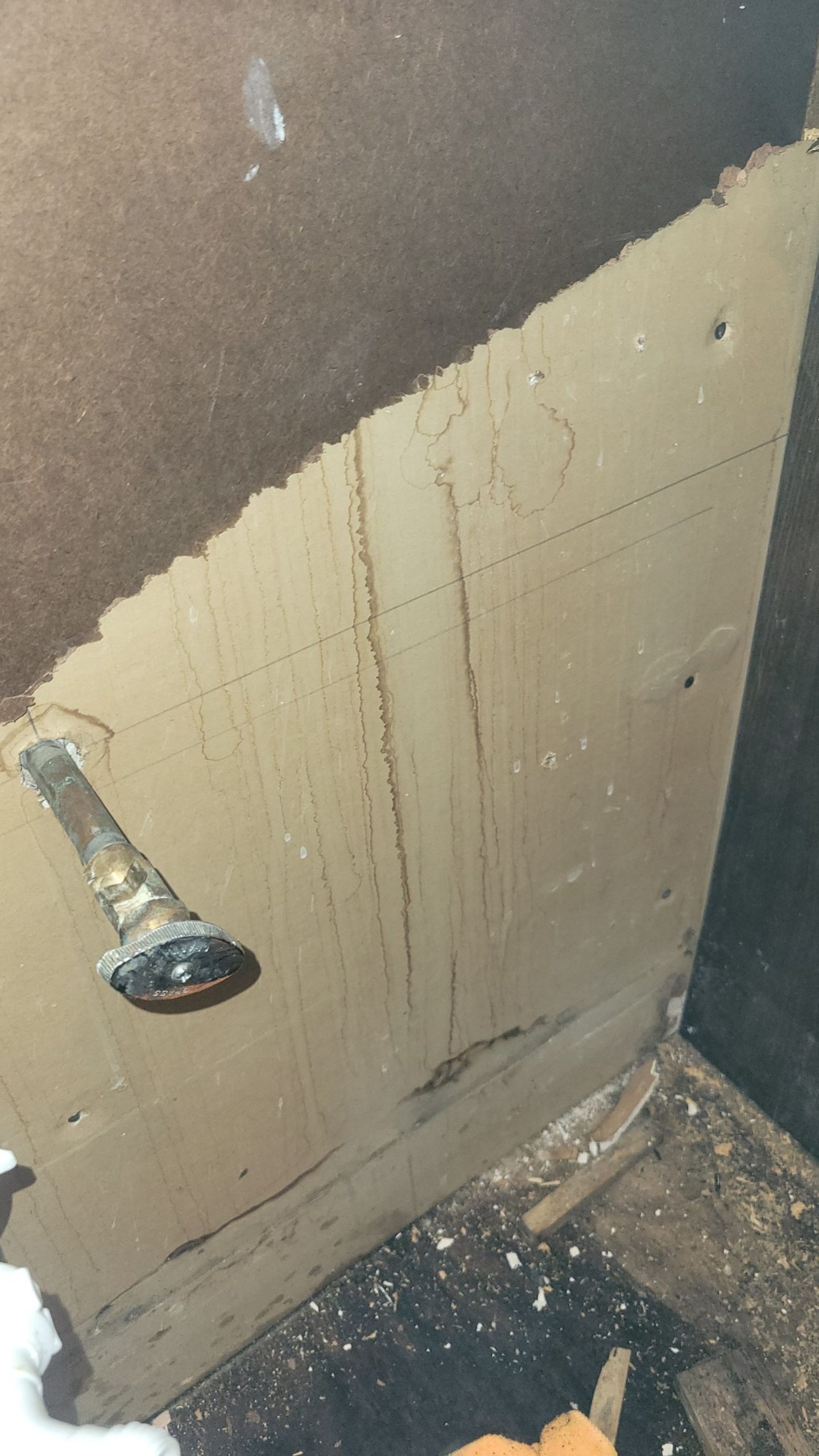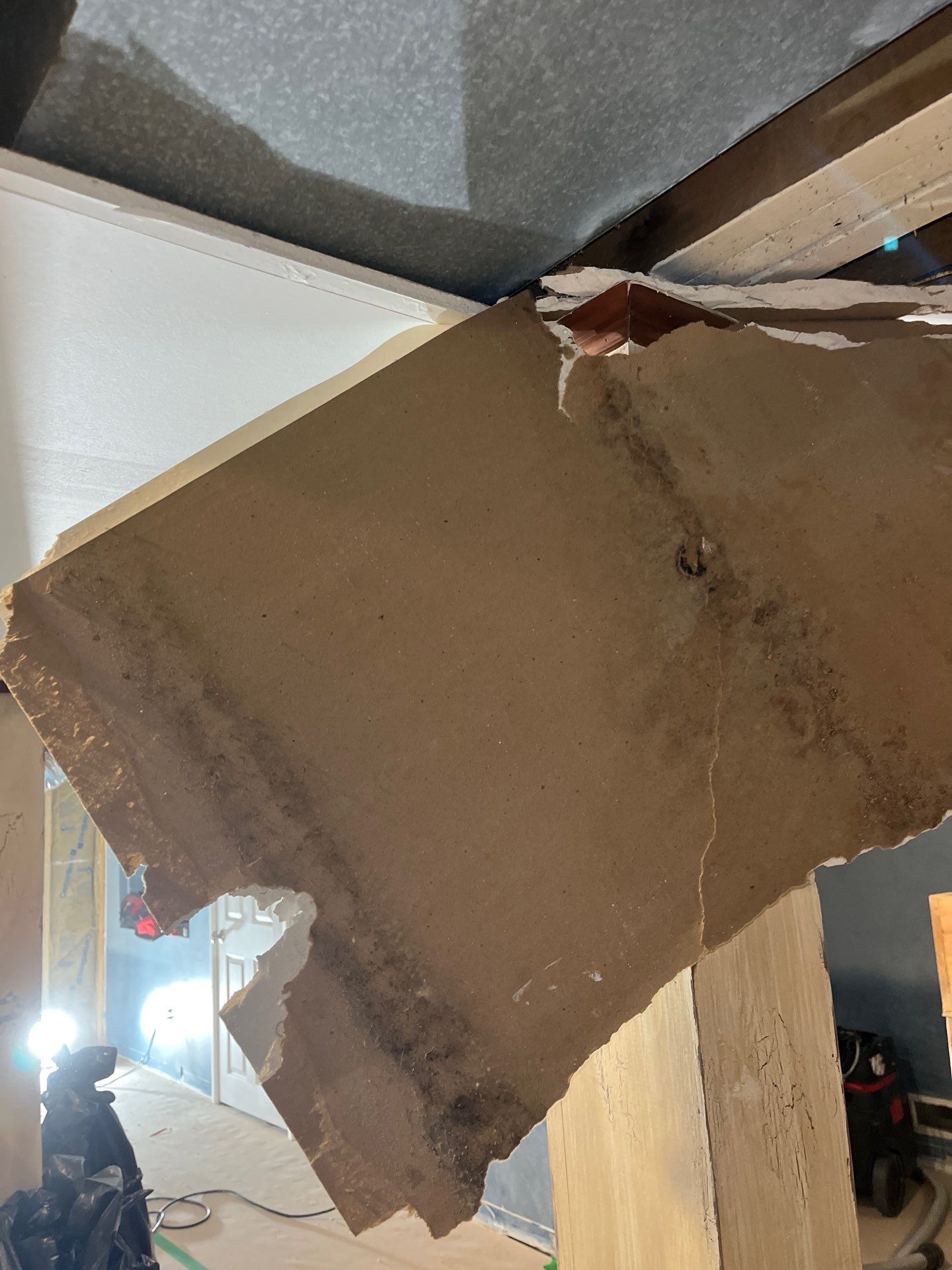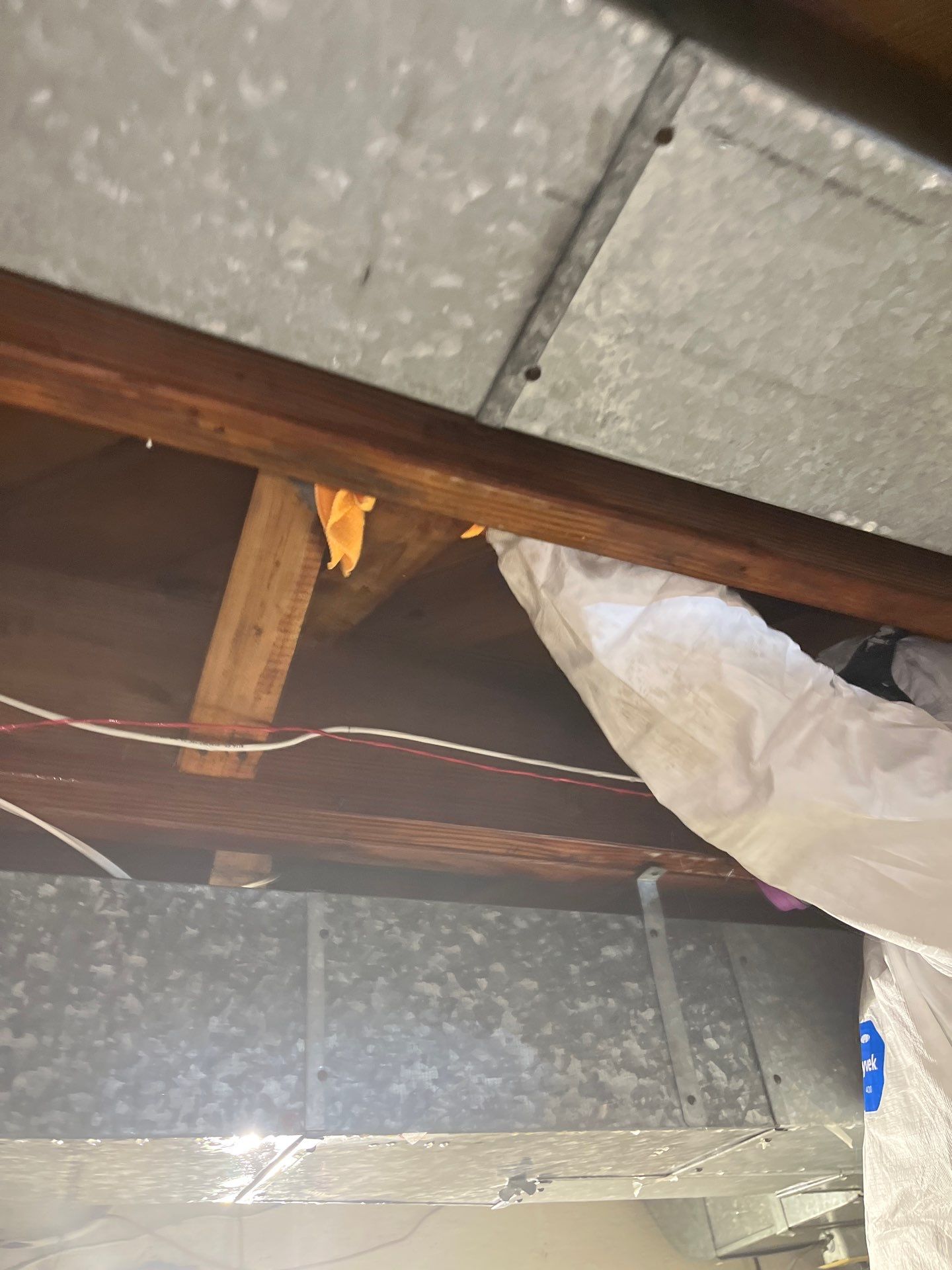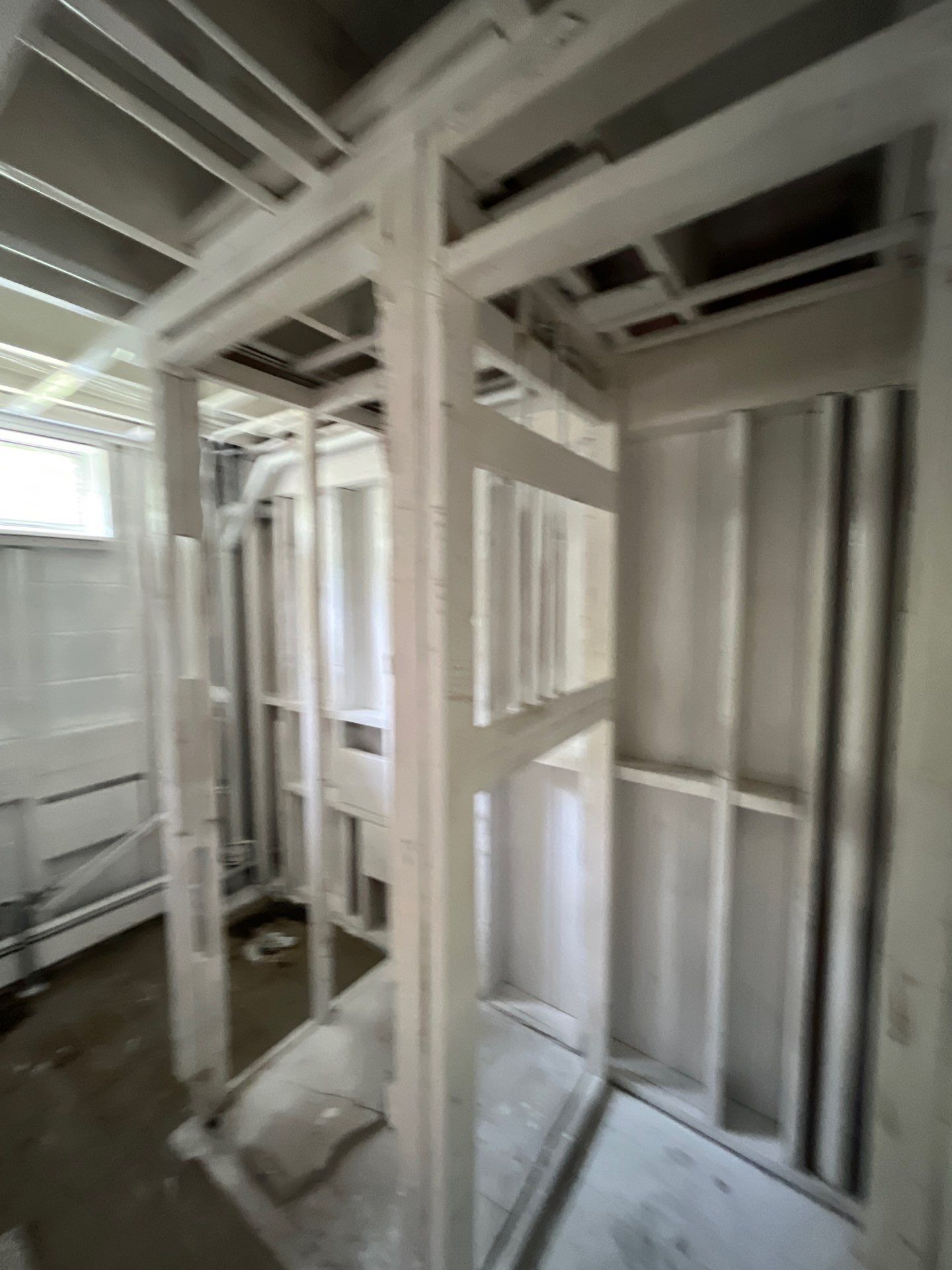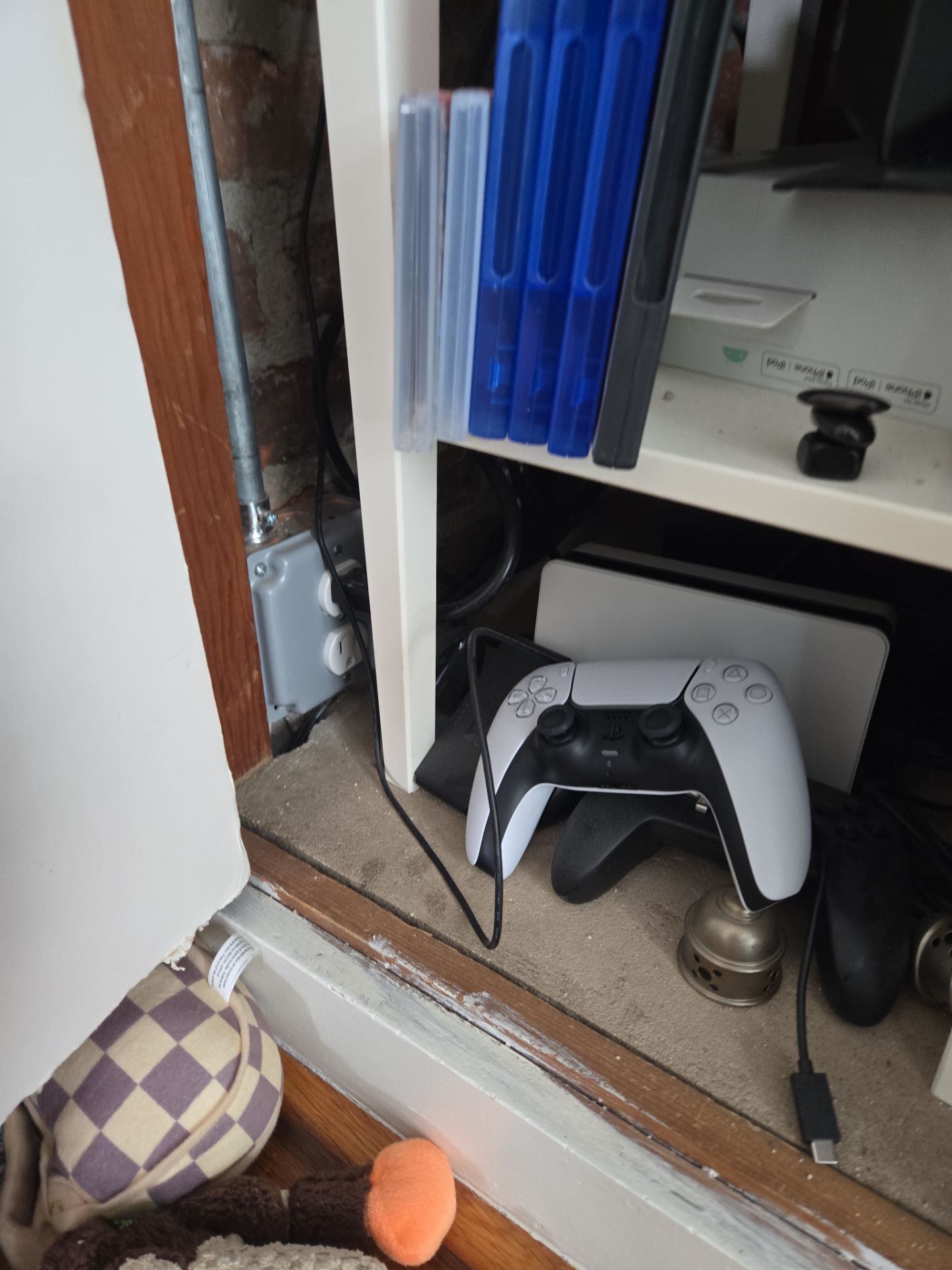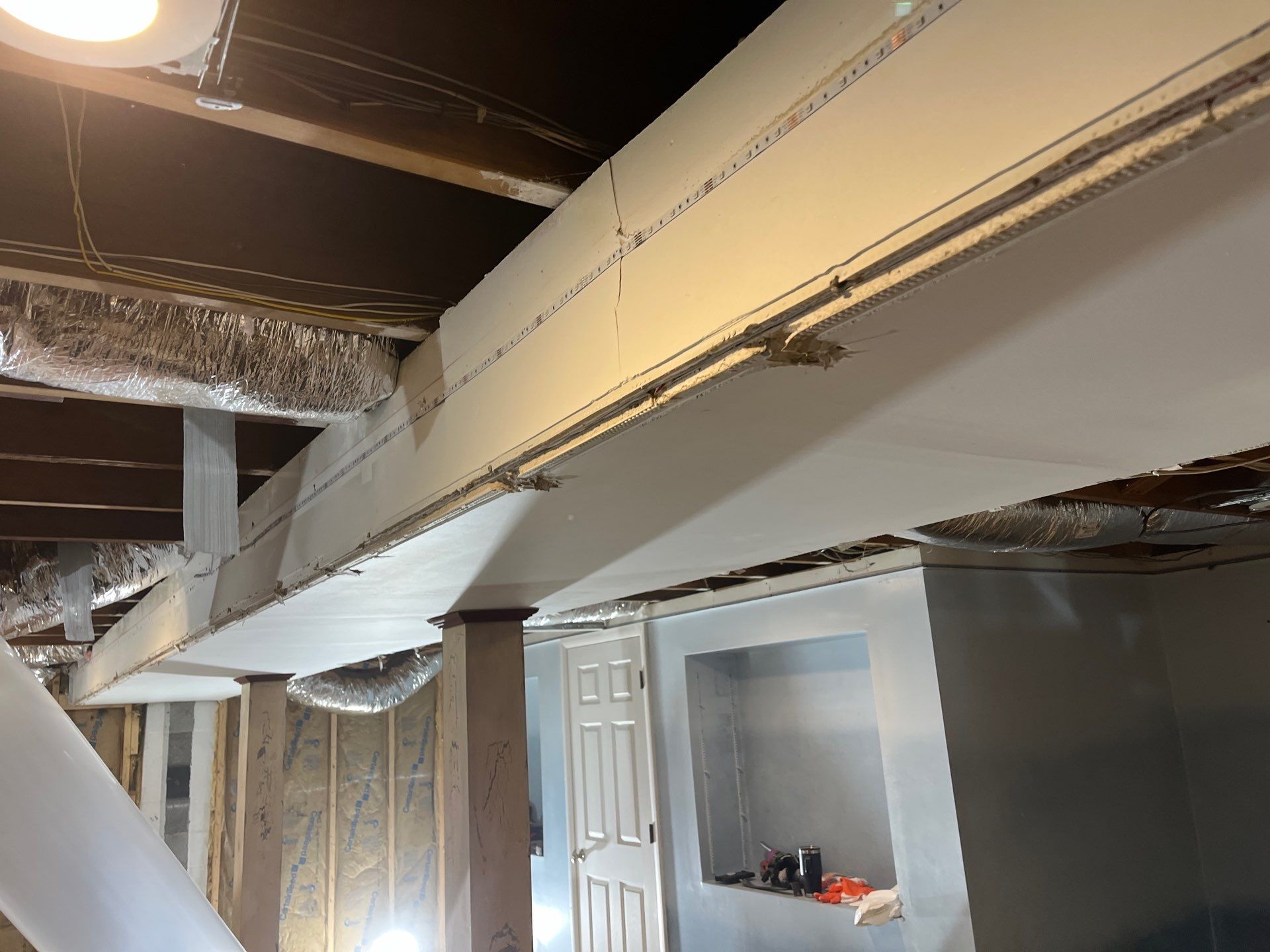Mold Removal Services in Collingswood: Protect Your Health and Home
Concerned about mold in your Collingswood home or business? Discovering signs of mold can be unsettling, but Nash Everett is here to guide you through the remediation process, ensuring your indoor environment is safe and healthy.
Understanding the Risks of Mold in Your Home
Mold growth in your home or office not only damages the structure but can also pose serious health risks. Here’s what you need to know about the dangers of mold exposure:
-
Health Implications: Prolonged exposure to mold can lead to respiratory issues, allergic reactions, and even more severe health conditions, especially in children, the elderly, and those with weakened immune systems.
-
Common Signs of Mold: Musty odors, visible mold growth, or water damage are common indicators. Persistent health symptoms such as coughing, sneezing, and irritations are often telltale signs of indoor mold presence.
Popular Tests for Detecting Mold
To address mold effectively, accurate detection is crucial. Nash Everett utilizes advanced testing methods to ascertain the presence and type of mold, including:
-
Air Sampling: To capture and analyze airborne mold spores.
-
Surface Tests: Swab or tape samples can detect mold on surfaces.
-
Bulk Samples: Testing materials from your property to assess the concentration of mold.
Professional Mold Remediation Process
If mold is confirmed, Nash Everett follows a meticulous process to eliminate it and prevent future growth:
-
Assessment and Inspection: A thorough examination to identify the source and extent of mold.
-
Containment: To prevent mold spores from spreading during cleanup.
-
Filtration: HEPA filters remove spores from the air.
-
Removal and Cleanup: Infected materials are removed, and areas are cleaned with specialized solutions.
-
Drying: Proper drying to ensure no moisture remains, preventing future mold growth.
-
Restoration: Replacing or repairing damaged materials to restore your property.
Why Choose Nash Everett for Mold Remediation in Collingswood
-
Expertise and Certification: Fully trained and certified professionals who understand the intricacies of mold and indoor air quality.
-
Customized Solutions: Every situation is unique, and we tailor our approach to meet your specific needs.
-
Commitment to Satisfaction: We prioritize your health and safety, ensuring all procedures are thorough and effective.
Every home and business deserves to be mold-free. Trust Nash Everett to restore your property’s safety and comfort. Call us today at +1 732-508-9197 or fill out our online form to discuss your needs and get expert advice tailored to your situation. Let us help you breathe easier.




